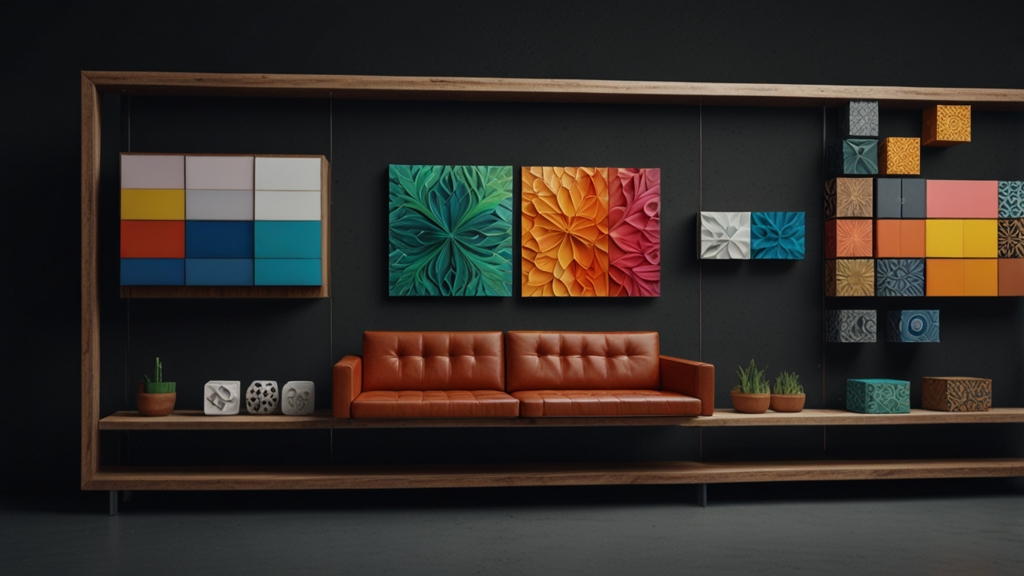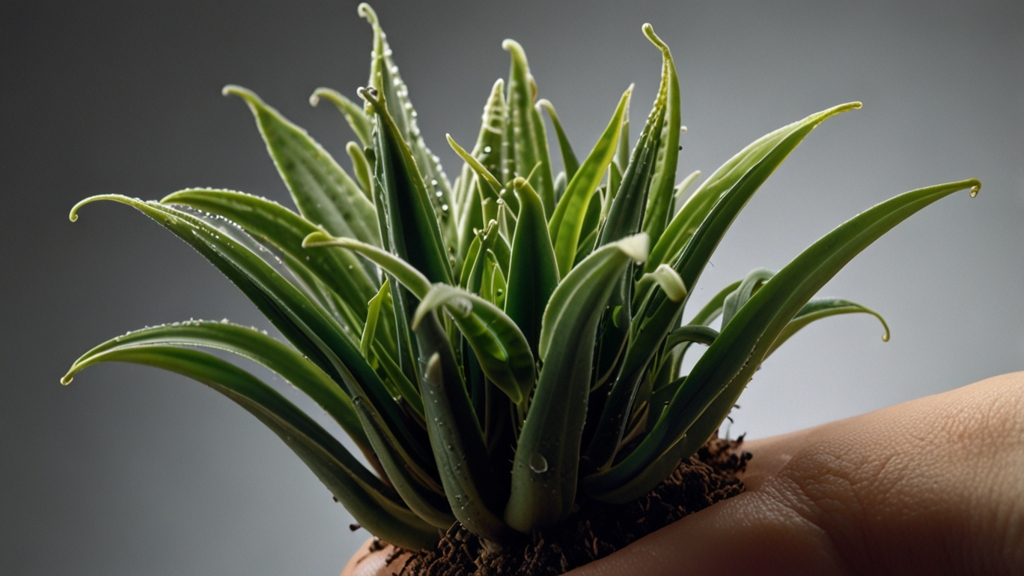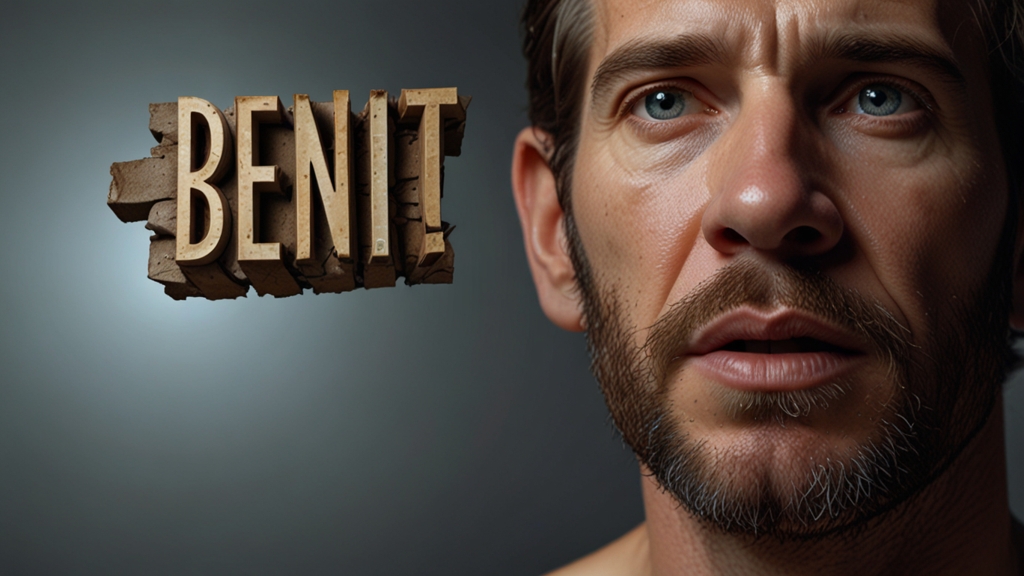Discover the Art of CSS Flexbox for Dynamic Designs
In the ever-evolving world of web design, flexibility and responsiveness are crucial for creating user-friendly interfaces. One of the most powerful tools at a web designer's disposal is CSS Flexbox. This layout model not only simplifies the design process but also ensures that web pages look and function beautifully across a wide range of devices.
What is CSS Flexbox?
CSS Flexbox, or Flexible Box Layout, is a layout model designed to distribute space along a container's axis and align items in a predictable manner. Introduced with the aim of simplifying complex layouts, Flexbox excels in creating dynamic and responsive designs. Unlike traditional layout methods, Flexbox allows for the fluid arrangement of elements, making it perfect for modern web design needs.
Key Concepts of Flexbox
Before diving into Flexbox properties, it's essential to understand its fundamental concepts:
Flex Container: The parent element that holds the flex items. It's set using the
display: flex;ordisplay: inline-flex;property.Flex Items: The child elements inside the flex container. These items adapts to the container's size and rules set.
Flexbox Properties
Flexbox offers several properties for both containers and items that control their alignment, size, and distribution. Some of the essential properties include:
Container Properties
These properties are applied to the flex container to define layout rules:
- flex-direction: Defines the direction of the flex items. Possible values include
row,row-reverse,column, andcolumn-reverse. - justify-content: Aligns items along the main axis. Values include
flex-start,flex-end,center,space-between, andspace-around. - align-items: Aligns items along the cross axis. Values include
flex-start,flex-end,center,baseline, andstretch. - flex-wrap: Controls the wrapping of items. Values are
nowrap,wrap, andwrap-reverse.
Item Properties
These properties are applied to the flex items themselves:
- flex-grow: Defines the ability of an item to grow relative to the rest of the items.
- flex-shrink: Defines the ability of an item to shrink relative to the rest of the items.
- flex-basis: Sets the initial size of an item before growing or shrinking.
- align-self: Overrides the
align-itemsproperty for individual items. - order: Defines the order of a flex item relative to others.
Building Dynamic Designs
Flexbox's strength lies in its ability to build dynamic, responsive layouts with minimal code. Here are some practical examples of how Flexbox can be used:
Responsive Navigation Bar
A common use case for Flexbox is creating a responsive navigation bar. By setting the container to display: flex; and using justify-content: space-between;, it's easy to create a navigation bar that evenly distributes links and adapts to different screen sizes.
Grid Layouts
While CSS Grid is typically used for grid layouts, Flexbox can also create flexible grids. By setting flex-wrap: wrap; on the container and defining the basis for the items, you can create a grid that reflows according to the screen size.
Conclusion
CSS Flexbox is a versatile and powerful tool that every web designer should master. Its intuitive model reduces the complexity of crafting responsive designs and ensures consistent behavior across various devices. By understanding and leveraging Flexbox properties, designers can create dynamic and visually appealing layouts with ease.
As Brad Frost, a renowned web designer, aptly puts it: "Good design is honest. It doesn't try to coerce or manipulate people. Flexbox embodies this philosophy by offering a straightforward and reliable approach to layout creation."
Embrace the art of Flexbox and elevate your web design skills to new heights.







